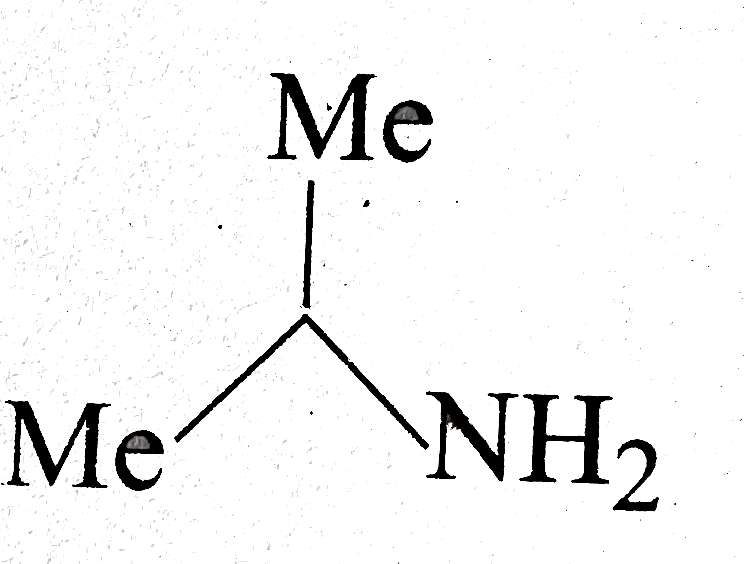Arrange the following in correct order of acidity
(I) CaO, (II) SO2, (III) SO3, (IV) P2O5
To arrange the given compounds in the correct order of acidity, we will follow these steps:
Step 1: Identify the Compounds
The compounds given are:
1. CaO (Calcium oxide)
2. SO2 (Sulfur dioxide)
3. SO3 (Sulfur trioxide)
4. P2O5 (Diphosphorus pentoxide)
Step 2: Determine the Oxidation States
Next, we need to determine the oxidation states of the central atoms in each compound:
- In CaO, the oxidation state of Calcium (Ca) is +2.
- In SO2, the oxidation state of Sulfur (S) is +4.
- In SO3, the oxidation state of Sulfur (S) is +6.
- In P2O5, the oxidation state of Phosphorus (P) is +5.
Step 3: Analyze the Acidity
The acidity of oxides is generally related to the oxidation state of the central atom:
- Higher oxidation states typically indicate higher acidity.
- If the oxidation states are the same, the acidity is inversely related to the size of the central atom.
Step 4: Arrange by Oxidation State
Now, we can arrange the compounds based on their oxidation states:
- SO3 has the highest oxidation state (+6), making it the most acidic.
- P2O5 comes next with an oxidation state of +5.
- SO2 follows with an oxidation state of +4.
- CaO has the lowest oxidation state (+2), making it the least acidic.
Final Order of Acidity
Thus, the correct order of acidity from highest to lowest is:
1. SO3
2. P2O5
3. SO2
4. CaO
Summary
The final order of acidity is:
SO3>P2O5>SO2>CaO
---
The compounds given are:
1. CaO (Calcium oxide)
2. SO2 (Sulfur dioxide)
3. SO3 (Sulfur trioxide)
4. P2O5 (Diphosphorus pentoxide)
Next, we need to determine the oxidation states of the central atoms in each compound:
- In CaO, the oxidation state of Calcium (Ca) is +2.
- In SO2, the oxidation state of Sulfur (S) is +4.
- In SO3, the oxidation state of Sulfur (S) is +6.
- In P2O5, the oxidation state of Phosphorus (P) is +5.
The acidity of oxides is generally related to the oxidation state of the central atom:
- Higher oxidation states typically indicate higher acidity.
- If the oxidation states are the same, the acidity is inversely related to the size of the central atom.
Now, we can arrange the compounds based on their oxidation states:
- SO3 has the highest oxidation state (+6), making it the most acidic.
- P2O5 comes next with an oxidation state of +5.
- SO2 follows with an oxidation state of +4.
- CaO has the lowest oxidation state (+2), making it the least acidic.
Thus, the correct order of acidity from highest to lowest is:
1. SO3
2. P2O5
3. SO2
4. CaO
The final order of acidity is:
SO3>P2O5>SO2>CaO
Similar Questions
Arrange the following oxides in decreasing acidic order
SiO2 (I) CO2(II) SO3(III) N2O5(IV)
View SolutionArrange the following in their decreasing order of Basicity.
(I)
(III)
(IV) NH3.
View SolutionArrange the following in the increasing order of acidic strength
(i) FSO3H (ii) HCO−3 (iii) H2O (iv) HSO−4
View SolutionArrange the following groups in their decreasing order of -I effect.
I. NO2 II. SO3H III. F IV. NH2
The correct choice is :
View SolutionAcidic order of following compounds is :
(I) H2O2, (II)H2O,
(III) H2, (IV)D2O
View SolutionArrange the following In decreasing order of pKb values
(I) C2H5NH2
(II) PhNHMe
(III) (C2H5)2NH
(IV) PhNH2
View SolutionWhich of the following species are hypervalent ?
(I)ClO−4 (II)BF3
(III)SO−24 (IV)CO−23
View SolutionThe following compounds have been arranged in order of their increasing stabilities. Identify the correct order.
(I) K2CO3 (II) MgCO3
(III) CaCO3 (IV) BeCO3
View SolutionArrange the following molecule/species in the order of their increasing bond orders.
(I)O2, (II)O−2, (III)O2−2, (IV)O+2
View SolutionWhich of the following compound is most acidic? Cl2O7, P4O10, SO3 B2O3
View Solution
